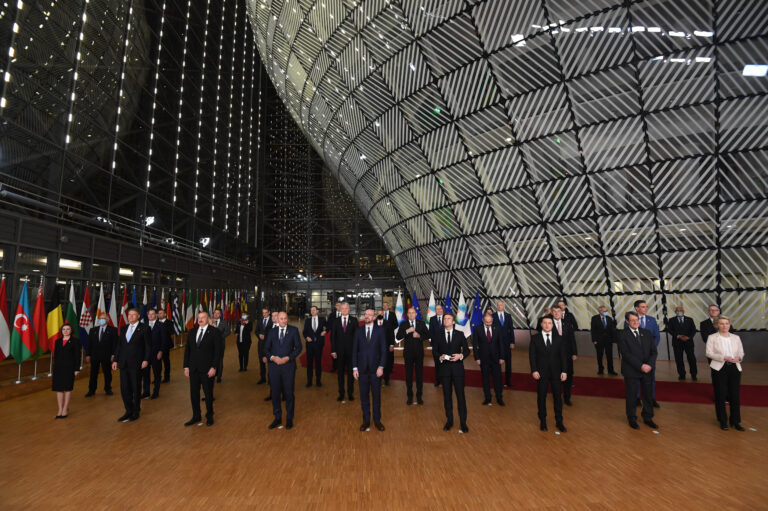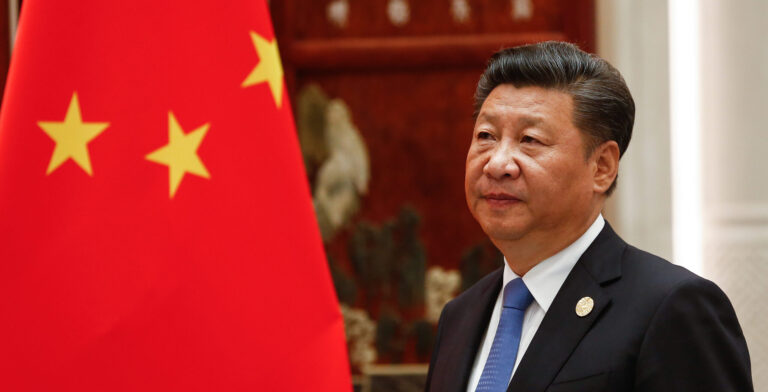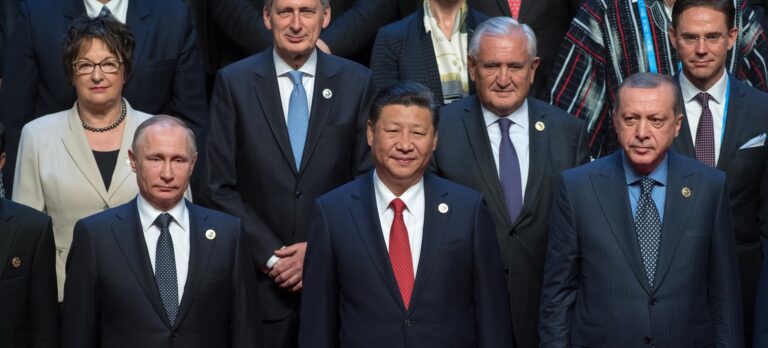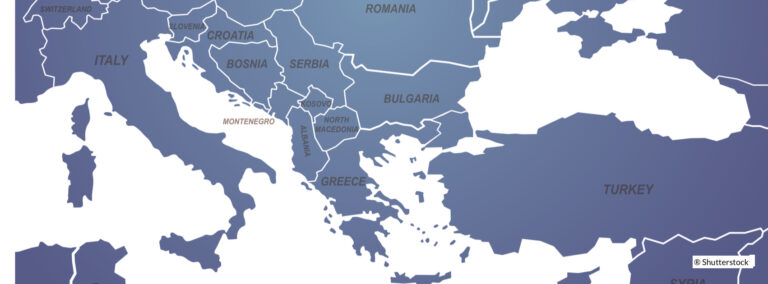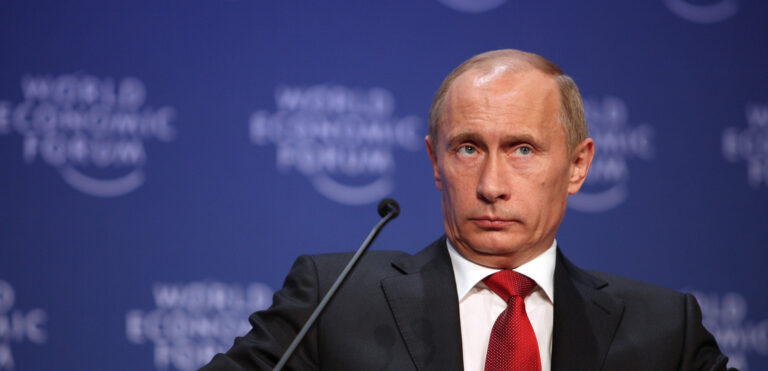Almost three decades ago, the end of the Cold War generated a sense of optimism that great power competition and ideological divisions would give way to a more cooperative, democratic and liberal world order. This optimism proved short-lived: civil wars, state failure and ethnic cleansing wrecked hopes for a more peaceful international system. Despite these setbacks, the belief that international institutions could provide a framework for great power rapprochement persisted. More recent developments have shaken that faith.
Over the last decade, the world has entered into a period where the great powers are prepared to assert their interests in a more antagonistic manner. Russia has violated one of the fundamental principles of the post-war international order, the rule against the acquisition of another State’s territory through the use of force, when it occupied and annexed Crimea. China is asserting its interests more vigorously, claiming parts of the South China Sea and declining to accept the award rendered against it in this matter by the Permanent Court of Arbitration. Simultaneously, support for multilateralism is waning. Recent withdrawals from international institutions and agreements, such as the departure of the Philippines from the International Criminal Court and the renunciation of a string of treaties by the United States, including the Iran nuclear agreement, are symptomatic of a growing disillusionment with international norms and processes. Indeed, it seems that the continued full support for a rules-based international order by some of its traditional champions can no longer be taken for granted.
This turn towards more open confrontation and greater unilateralism has come at a time of major technological developments. Technological progress has put greater destructive power than ever before into the hands of non-State actors. It has also opened up new avenues for foreign interference and subversion in the form of fake news, election meddling and cyber espionage. As a result, modern societies have become more vulnerable to acts of terrorism and to hostile influence and intervention.
Overall, two mutually reinforcing trends are at work here: strategic competition has become more intense and has taken on novel forms, aided by new technologies, while the norms, institutions and processes intended to keep geopolitical rivalry in check have come under increasing pressure, to the risk of unravelling.
To some, these developments merely demonstrate that the idea of a rules-based international order is an illusion. Great powers have always prioritised the national interest over international rules and will continue to do so. To others, these developments are a cause for redoubling efforts to strengthen multilateralism.
What is beyond doubt is that these trends pose significant challenges to the international rule of law. The turn to greater antagonism has brought selective compliance and serious violations of fundamental principles of international law. The use of new technologies and platforms, including cyber and social media, has raised difficult questions about how the existing rules apply in these fields. Adherence to international norms by law-abiding societies has created vulnerabilities that less scrupulous players are able to exploit. Meanwhile, key actors pursue competing visions of international order: transactionalist approaches compete with multilateralism, while liberal ideals clash with sovereignty-focused Statism.
For all these reasons, today, the content, meaning and application of international rules is fiercely contested — not just among States, but by a growing number of actors in a wide range of fora, including in the information sphere. International law has emerged as a critical subject, instrument and domain of strategic contestation.
It is against this background that the Research and Strategic Analysis team at the Hybrid Centre of Excellence for Countering Hybrid Threats (Hybrid CoE) held a workshop at the University of Exeter in April 2019 to identify the key trends affecting national and international legal resilience in an era of hybrid threats. The trend-mapping undertaken at this workshop was the first step in a project designed to assess and address potential legal vulnerabilities that could be exploited by hostile actors.
Prior to the workshop, experts from a variety of backgrounds were asked to provide a brief outline of the legal trends they consider most important in their field. As a result of these written contributions and the discussions held at the workshop itself, the Hybrid CoE Research and Strategic Analysis team identified the following themes and trends that affect the legal resilience of our societies:
- law as a strategic instrument
- law as a hybrid threat
- legal grey areas
- legal fault lines and interfaces.
The remaining sections of this report explore these themes and trends in greater detail. They are meant neither as a definite study of the subject nor as an exhaustive list of the legal challenges that the current security environment presents. Rather, they are offered as food for thought and to provide direction for further work.


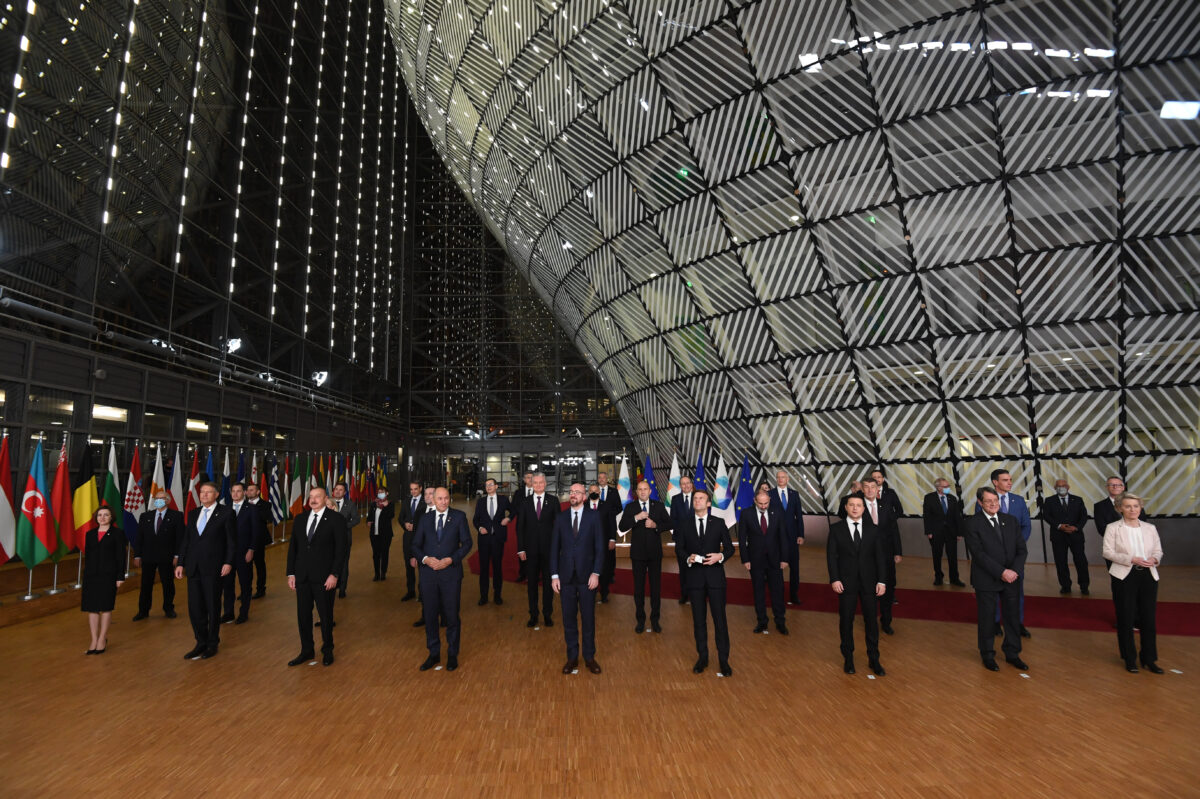
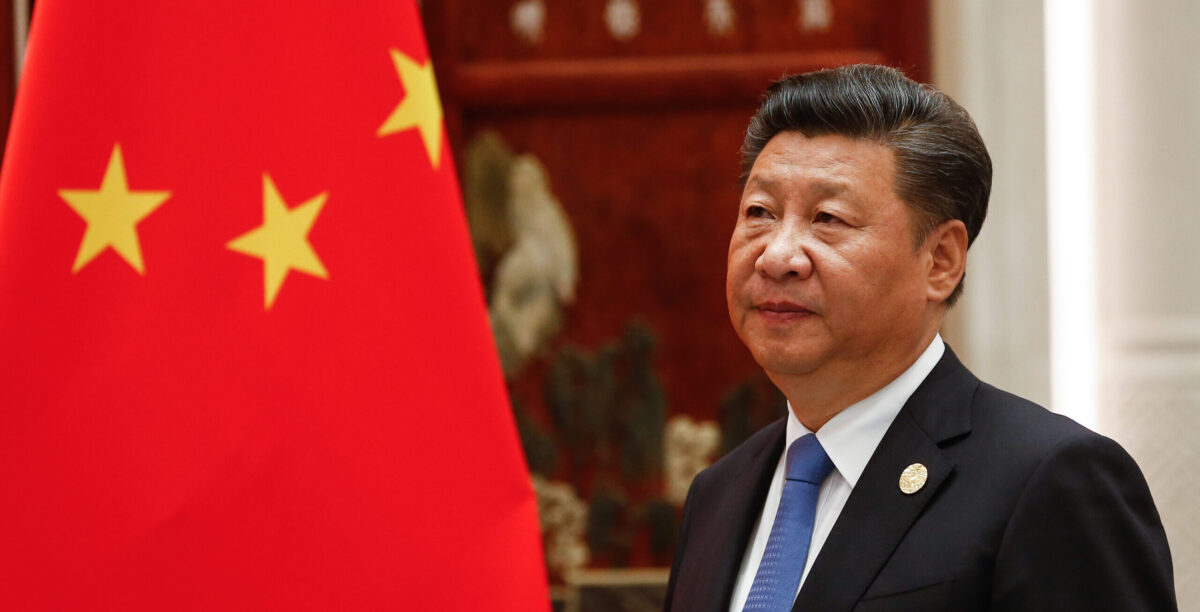


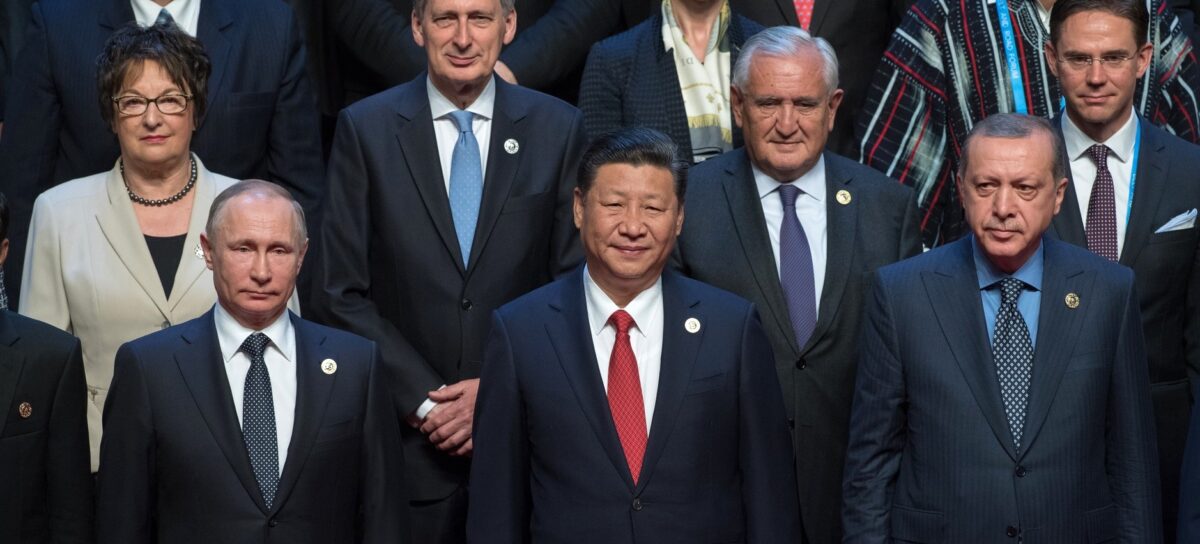


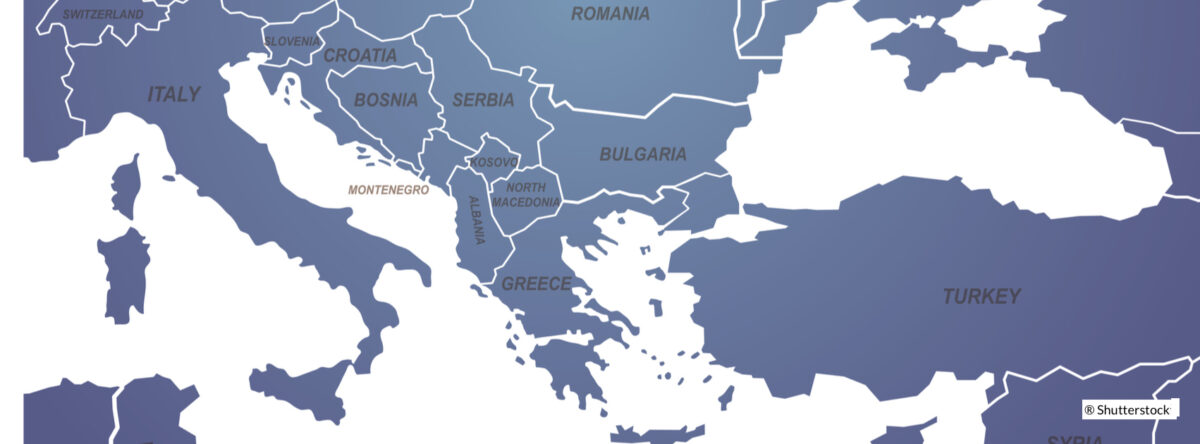
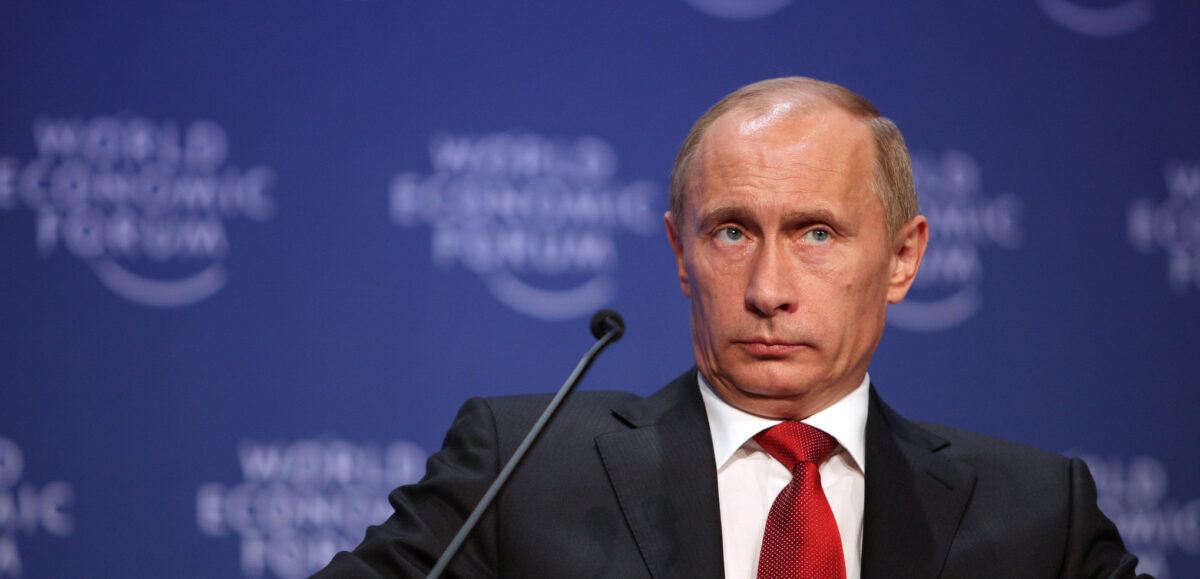

 Hybrid CoE Trend Report
Hybrid CoE Trend Report 
